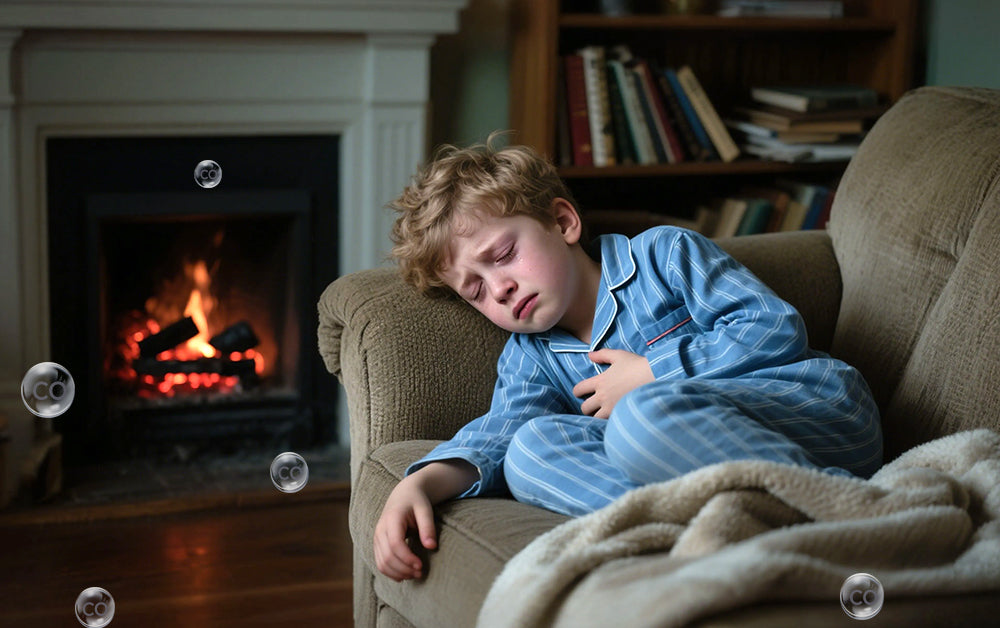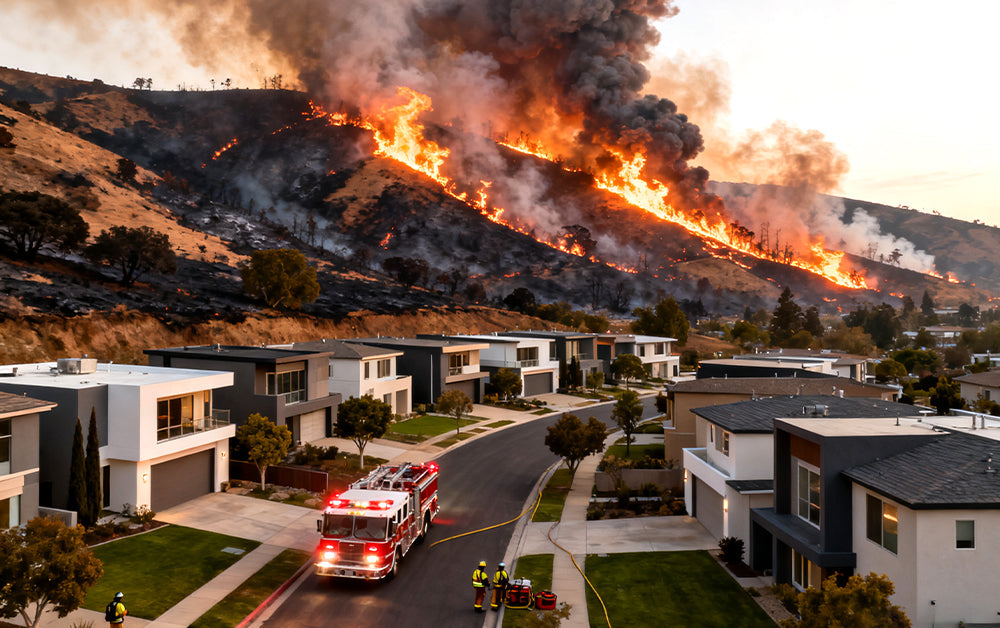As temperatures drop and homes across the U.S. and Europe start relying on heating systems, a hidden risk quietly grows indoors: carbon monoxide (CO). Often called the “silent killer,” CO is a colorless, odorless gas that can accumulate unnoticed from faulty appliances, fireplaces, or even generators during power outages. According to the CDC, each year, more than 400 Americans die from unintentional CO poisoning not linked to fires, over 100,000 visit emergency departments, and more than 14,000 are hospitalized.
With autumn well underway, it’s time for families to revisit CO safety—ensuring early detection and preparedness can save lives.
The Growing Risk of Carbon Monoxide Poisoning
Recent Tragedies Across Spain and Europe
In August 2024, a Dutch tourist tragically died in Mallorca after a bird's nest blocked a vent pipe, leading to a fatal buildup of carbon monoxide in a villa. Similarly, in April 2025, a family of three perished in Spain due to CO poisoning from a generator used during a widespread power outage. These incidents underscore the lethal potential of CO when safety measures are overlooked.
U.S. Incidents Highlight the Importance of Vigilance
In the United States, carbon monoxide poisoning continues to claim lives. In October 2024, a family of three — two adults and one child — was found dead in Savannah, Georgia, from suspected carbon monoxide poisoning linked to a gas generator. Earlier that year, 22 individuals were hospitalized in Monroe, Utah, following a CO leak at a local church. These events serve as stark reminders of the dangers lurking in our homes.

Why CO Risk Increases in Fall and Winter
Carbon monoxide exposure spikes during the colder months for several reasons:
1. Indoor Heating Systems: Furnaces, gas heaters, and fireplaces are heavily used, and aging or poorly maintained systems can leak CO.
2. Reduced Ventilation: Windows and doors stay closed to retain heat, increasing the chance for CO to accumulate indoors.
3. Portable Generators: Power outages caused by storms or grid maintenance lead households to run generators close to living spaces, a leading cause of CO incidents.
According to the National Fire Protection Association (NFPA), properly installed and maintained CO alarms are among the most effective defenses against carbon monoxide poisoning in homes.

How to Protect Your Home and Family
1. Install CO Alarms Strategically
Place alarms in key areas: near bedrooms, on every floor, and close to fuel-burning appliances. Modern units, like the Siterwell Plug-In CO Alarm, combine compact design, battery backup, and clear visual and audible alerts—offering peace of mind even during outages.
2. Consider Portable Units for Flexibility
Traveling to cabins, RVs, or rentals? Portable CO detectors are ideal for ensuring protection outside your main residence. Many models are plug-and-play, making them easy to set up wherever you go.
3. Safely Use Generators
During power outages, never operate a generator inside the home, garage, or near windows. Always place it outdoors in a well-ventilated area, away from air intakes.
4. Maintain Heating Systems
Regularly service heating systems, chimneys, and flues to ensure they are free from obstructions and functioning properly. This maintenance can prevent CO from accumulating indoors.
5. Educate Your Household
Teach everyone to recognize the symptoms of CO poisoning, including headaches, dizziness, nausea, and confusion. If an alarm sounds, evacuate immediately and call emergency services.
By following these key steps, you can keep your home protected throughout the colder months.

Vigilance Saves Lives
The recent tragedies in Spain, the U.S., and Europe serve as poignant reminders of the silent threat posed by carbon monoxide. By taking proactive steps—installing detectors, maintaining appliances, and educating family members—we can significantly reduce the risk of CO poisoning. As we embrace the warmth of the fall season, let safety be our top priority.
For reliable protection, explore trusted options like Siterwell CO alarms, smoke/CO combo alarms, designed for early detection and long-term reliability.
If you’re a pet owner, don’t miss our related guide:
Carbon Monoxide and Your Pets: The Invisible Threat You Can't Afford to Ignore — discover how CO exposure affects animals and how to keep every family member, furry or not, safe this season.



